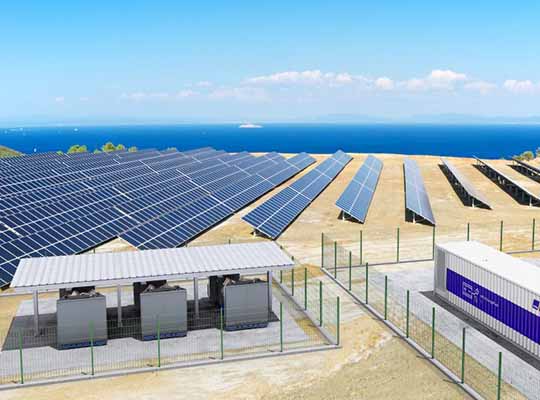CAMARILLO, Calif. – VGRID Energy Systems has announced the launch of the Bio-Energy Server 100. Bioservers are capable of converting biomass into clean renewable electricity and a form of ultra-pure, highly porous carbon. Any form of biomass can be converted, but VGRID has focused on agricultural waste, such as almond shells, pistachio shells, tree and grapevine pruning’s and manure.
“The advantage of bio-energy is that there is an abundant cheap source of fuel that can provide electricity on demand,” said Greg Campbell, CEO of VGRID Energy Systems. “This is important for utilities who struggle to manage intermittent sources from solar and wind.”
Bioservers are mobile and designed to deliver 100kW of electricity. It is also modular with 1MW being provided in a 10-system server farm with a compact footprint. VGRID will sell electricity as a service at a discounted rate to what customers are currently paying. There is no upfront cost to the customer, and VGRID owns, operates, and maintains the systems.
VGRID has worked with veterinarians to certify the carbon as a cattle feed additive. Early trials indicate an improvement in feed efficiency and a significant reduction in methane emissions from livestock. The carbon can also be used for water and air filtration, odor elimination, and soil amendment.
VGRID’s Bioservers provides a solution, which allows mining technologies to operate and decarbonize the atmosphere at the same time. VGRID created a solution to convert dead beetle kill trees to power Bitcoin mining. For 1,000 acres of beetle-killed pine, one can expect a CO2 release of 20,000-25,000 tons of CO2 when burned. If these dead trees are converted to electricity, not only is the fire hazard reduced, preventing the CO2 emission, but this amount of biomass will generate 30,000 MWh of electricity. This amount of power is enough to fuel 1,000 crypto-mining computers for a full calendar year. Bioservers create sustainable energy, making an incredible impact on sequestering biocarbon long-term and lowering the atmospheric CO2.













